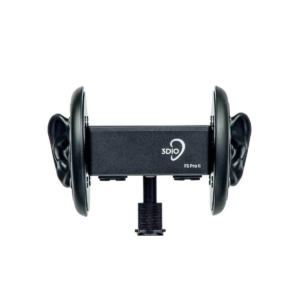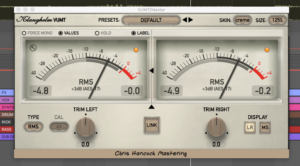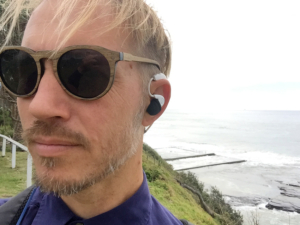Recording the NHSPA Choir
This week I had the pleasure of recording the Newtown High School of the Performing Arts Choir.
The recording was for the theme music for a forthcoming animation series by Mat McCosker and colleagues. The animation is currently in the second round of animation funding with Screen Australia has has a uniquely Australian look and story. Good luck Mat and co, I hope to see this animation up their next to the likes of other internationally successful animation series such as Bluey.
Back to the recording, the theme music was written by Elana Stone and the choir’s was conducted by Tanya Sparke. These two women are great Australia vocalists in their own right, please check out their works on Spotify by following the links.
To achieve the desired standard choir sound, I used distant micing as typical of standard choir recordings. In particular I used a ORTF pair of Sennheiser MKH8040 small diaphragm condensers at 4-6 feet from the choir, coupled with a spaced pair of Neumann U87s slightly deeper in the room. To provide a sense of depth, reverb and greater distance, I used a Rodes NTR Active Ribbon microphone to capture the room reflections. This figure 8 microphone was placed at the furthest point from the choir, and was hidden behind a baffle in order to prevent any direct source from the choir. The null of the figure 8 was pointing towards the choir / baffle, the polar pattern of the mic therefore only picking up reflections of the choir. This was compressed to taste and used in the mix to add depth and a natural reverb / room tone.
The transient response for the small diaphragm condensers, ie the MKH8040s was excellent, and for a more detailed overview of the differences between small and large diaphragm condensers, see this below article by Neumann.
All mics were tracked directly into the SSL924 at SAE Sydney. The cleanliness of such pre amps was deemed appropriate for the desired tone colour of the recording.
Below are a few pictures from the session.















































